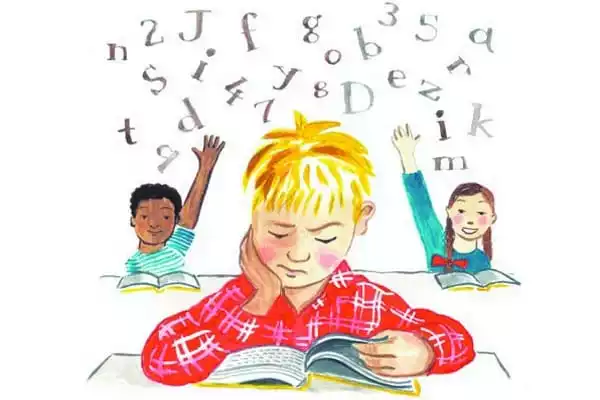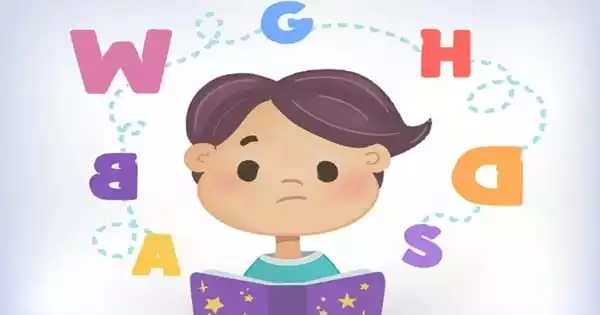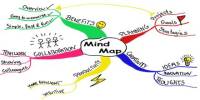Reading is one of the most crucial aspects of language learning and education. It serves as the foundation for learning to read – merely to learn from what we read. While most children learn the principles of reading by the second grade, not every child develops the ability to read fluently. Reading fluency is a skill that allows the reader to read rapidly, accurately, and expressively.
According to a new study, merely increasing the space between letters in a piece of text will increase a child’s reading speed. The researchers discovered that text with more space between each letter benefited both dyslexic and non-dyslexic children. The dyslexia group increased reading speed by 13% on average, while the comparison group of non-dyslexic youngsters increased reading speed by 5%.
Dr. Steven Stagg of Anglia Ruskin University (ARU) led the study, which looked at the effects of letter spacing and colored overlays on a sample of dyslexic and non-dyslexic children. It is the first study to look into how these changes can aid in the reduction of certain reading errors.
The study, which was published in the journal Research in Developmental Disabilities, revealed that text with more space between each letter benefited both groups of youngsters. The dyslexia group increased reading speed by 13% on average, while the comparison group of non-dyslexic youngsters increased reading speed by 5%.
We found that extra-large letter spacing boosts the reading speed of children both with and without dyslexia, and considerably reduces the amount of words that dyslexic children skip when reading.
Dr. Stagg
The study included 59 children aged 11 to 15, 32 of whom had a diagnosis of dyslexia, and 27 non-dyslexic children who served as a control group. Six UK schools in Cambridgeshire, Hertfordshire, and London were used to choose the participants.
Participants read four texts with conventional or extra-large letter spacing, with and without a colored overlay. The kids were told to read the passage aloud while they were being recorded. The recording was used to count the number of errors they made (particularly, missed words, additional words, misspelled words, and incorrect pronunciation) as well as the participants’ reading time.
The increased letter spacing resulted in a considerable reduction in the amount of words missed by the children with dyslexia, in addition to enhanced reading speed for both children with dyslexia and the non-dyslexic group. The study, however, discovered that colored overlays had no significant effect on reading speed or error reduction in either group of youngsters.

“We found that extra-large letter spacing boosts the reading speed of children both with and without dyslexia, and considerably reduces the amount of words that dyslexic children skip when reading,” stated Dr. Stagg, Senior Lecturer in Psychology at Anglia Ruskin University (ARU). We believe that extra-large letter spacing works by lowering what is known as the ‘crowding effect,’ which can impede letter recognition and slow reading speed.”
“When examined in the context of past research, our findings clearly imply that teaching professionals can be certain that increasing letter spacing in reading materials would benefit all children. In addition to being a relatively simple alteration to make when creating handouts and worksheets, it ensures that children with dyslexia do not have to feel singled out by the introduction of specifically adapted reading materials, as this is something that everyone can benefit from.”
“While we discovered that color overlays provided minimal advantage, we believe that children should be encouraged to use them if they find them useful for reading. Color overlays may not improve reading speed, but they may improve reading stamina. Previous research suggests that their benefits may not be obvious if reading time is shorter than 10 minutes, and the short reading duration of the assessments in our study may have disadvantaged color overlays.”
If your child is having difficulty reading fluently, there are several ways you may employ at home to help them develop this important life skill. Don’t be concerned! With effort, attention, and constant feedback, any child who suffers with reading fluency can improve. Here are a few easy techniques to get your kids to read pages and pages of text with confidence.
Finally, encouraging youngsters to read more frequently while keeping speed, accuracy, and expressiveness in mind is the best method to increase their reading fluency. The more they read, the better they will become! Positive reading behavior models set the tone for reading in your home.
















